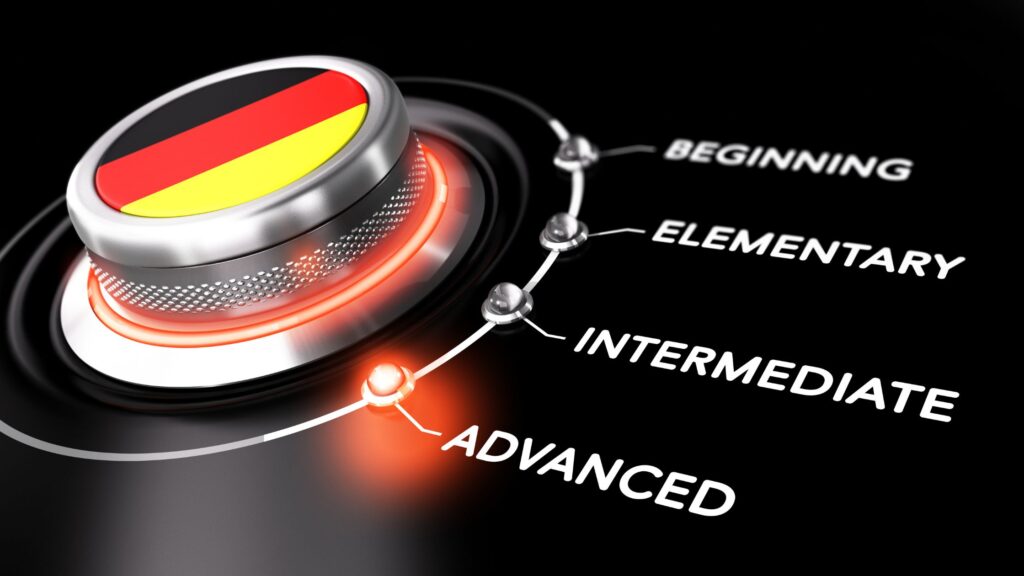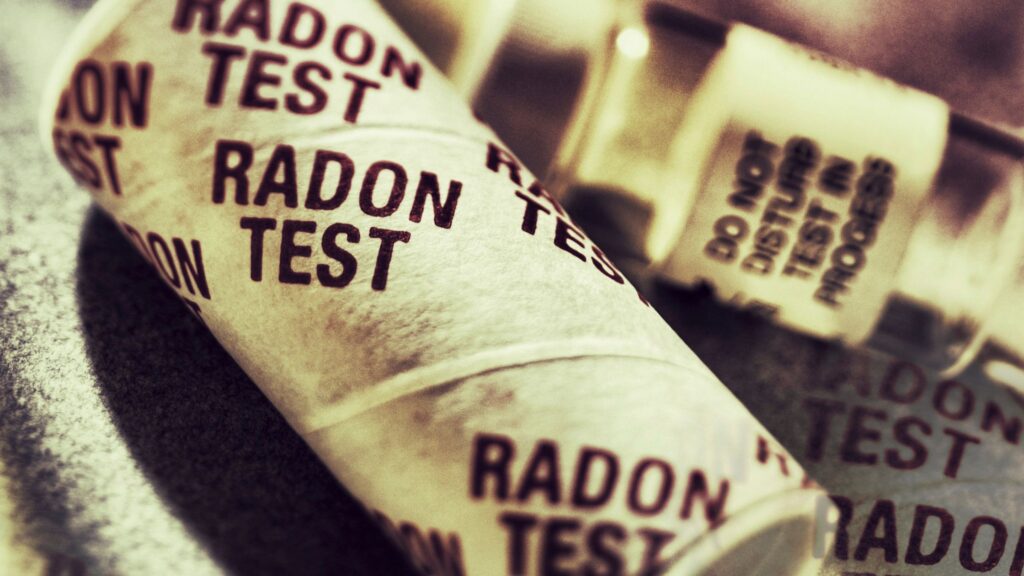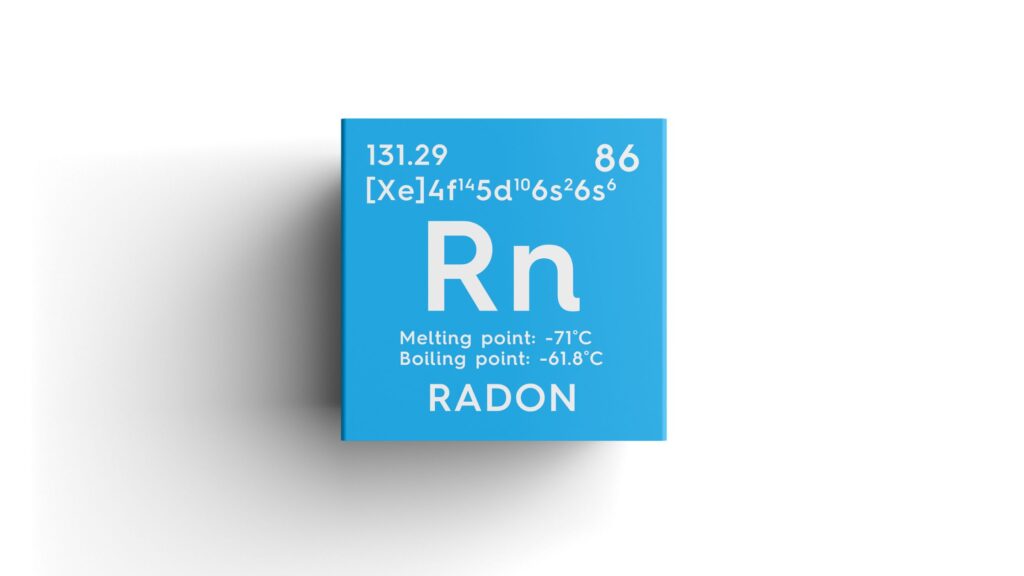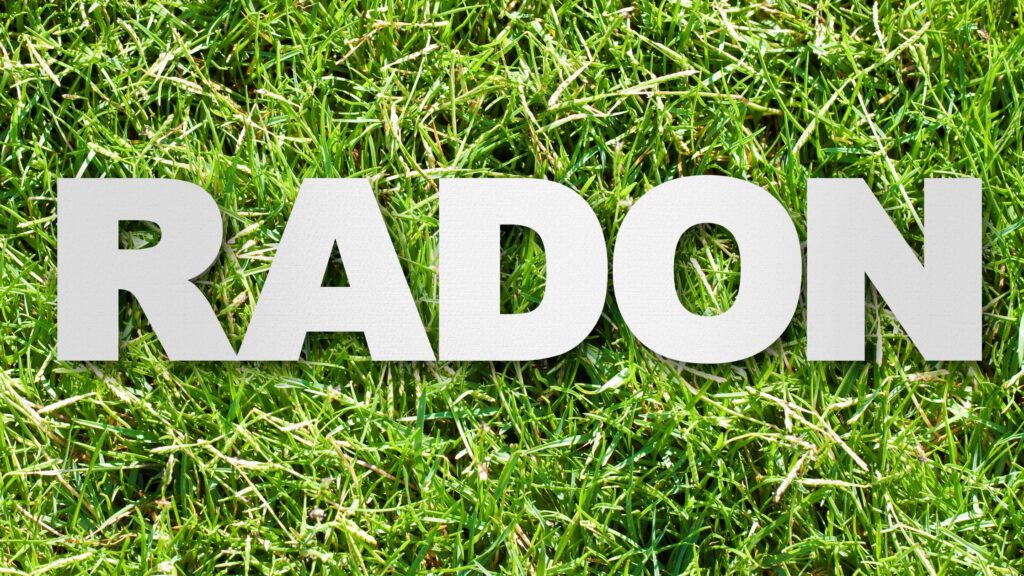Radon is a naturally occurring radioactive gas that seeps into homes through cracks, foundations, and crawl spaces. Invisible and odorless, radon exposure often goes unnoticed until testing is performed. However, long-term exposure significantly increases the risk of lung cancer. For this reason, radon level reduction is one of the most important steps homeowners can take to protect their families.
In this article, we’ll explain what radon is, why it matters, how mitigation works, and what professional services deliver long-term safety.

Radon: Sources, Risks, and Health Impact
Radon forms when uranium in soil and rock breaks down. It enters buildings silently, traveling through foundation cracks, sump pump pits, and unfinished floors. Because radon cannot be seen or smelled, only testing reveals its presence.
According to the U.S. Environmental Protection Agency (EPA), radon levels above 4.0 pCi/L require immediate action. Prolonged exposure without radon level reduction increases lung cancer risk, particularly among non-smokers. Recognizing radon’s hidden danger is the first step toward protecting your family’s health.
Understanding Radon Level Reduction
Radon level reduction refers to lowering the concentration of radon gas indoors to levels considered safe for long-term exposure and is essential for creating a safe, healthy, and worry-free home environment. The success of reduction efforts depends on several factors, such as the home’s foundation type, the nature of the surrounding soil, and natural airflow patterns within the building, and the ways can be done, as well as the related factors are-
- DIY vs. Professional Solutions: Homeowners sometimes attempt do-it-yourself methods, but these rarely deliver reliable results. Certified mitigation systems, on the other hand, are specifically designed to provide long-term protection.
- Professional Expertise: Trained specialists use advanced diagnostic tools and proven installation strategies to reduce radon concentrations and maintain them below recommended health thresholds.
- Protection of Health and Property: Properly designed and installed systems not only safeguard the health of residents but also preserve and enhance property value by addressing an invisible hazard.
- Comprehensive Service: Professional mitigation doesn’t end with installation—it typically includes follow-up testing, homeowner education, and scheduled maintenance to ensure the system continues to perform.
- Long-Term Security: This holistic approach prevents radon levels from rising again over time, assuring families of a permanent rather than temporary solution.
- Peace of Mind: With a reliable mitigation system in place, families can confidently use all areas of their homes—including basements, living rooms, and bedrooms—without concern for hidden risks in the air they breathe.
How Professional Mitigation Systems Work
Professional radon mitigation systems prevent radon from entering living spaces by venting it outdoors. The most common solution is sub-slab depressurization. This process uses a vent pipe and fan to draw radon gas from beneath the foundation and release it safely above the roofline.
Other methods include crawl space encapsulation and active ventilation systems. When installed correctly, these systems operate continuously and require minimal maintenance. By ensuring proper airflow, radon level reduction becomes a reliable and permanent safeguard. Learn more about Radon Mitigation Companies Near You.

Key Benefits of Radon Mitigation
Reducing radon levels offers multiple advantages:
- Health Protection – Lower exposure reduces the risk of lung cancer.
- Peace of Mind – Families live with confidence, knowing their home environment is safe.
- Property Value – Homes with mitigation systems are more attractive to buyers.
- Quiet Operation – Fans run silently, requiring little attention.
- Long-Term Reliability – Professionally installed systems provide decades of safety.
Ultimately, radon level reduction is both a health decision and a financial investment.
Steps in the Mitigation Process
Professional mitigation follows a structured approach:
- Testing – Specialists measure radon levels to identify risks.
- System Design – Experts create a plan tailored to the home’s foundation.
- Installation – Vent pipes, fans, and sealing techniques are used to prevent entry.
- Verification – Follow-up testing ensures radon level reduction has been achieved.
- Maintenance – Periodic inspections keep the system functioning effectively.
This process provides homeowners with confidence that their living environment remains safe.
Smart Practices for Lasting Protection
Mitigation systems provide a strong defense, but homeowners should take additional steps:
- Retest radon levels every two years.
- Inspect system fans and alarms regularly.
- Seal visible cracks and openings in walls or floors.
- Keep basements and crawl spaces ventilated.
- Educate family members about the importance of radon safety.
These practices, when combined with professional services, ensure that radon level reduction remains consistent. Homeowners should also remain proactive after renovations or foundation work, as such changes may alter radon pathways. Furthermore, staying connected with local health departments helps families access the latest testing resources and radon awareness programs.
Small steps like increasing airflow, sealing entry points, and scheduling routine inspections can make a major difference in ensuring long-term safety.
Conclusion
Radon is an invisible but serious health risk that requires immediate attention. With certified testing and mitigation, families can achieve long-term radon level reduction and safeguard their homes from preventable dangers.
To learn more about professional solutions tailored to your home, visit DSM Radon, a trusted provider offering expert testing and mitigation services for lasting protection

FAQs
1. How often should I test for radon?
Experts recommend testing every two years or after major structural changes. Testing should also be repeated after installing a new mitigation system to confirm effectiveness.
2. Can I install a radon system myself?
DIY systems rarely ensure consistent safety. Professional installation is strongly advised to guarantee proper airflow and compliance with EPA standards.
3. How effective are mitigation systems?
Professional systems typically reduce radon by 50–99%, achieving safe levels indoors and ensuring long-term protection for the entire household.
4. Are mitigation systems expensive to maintain?
No. Fans use minimal electricity, and routine inspections keep systems reliable for years. On average, annual costs remain very low compared to the health benefits.





